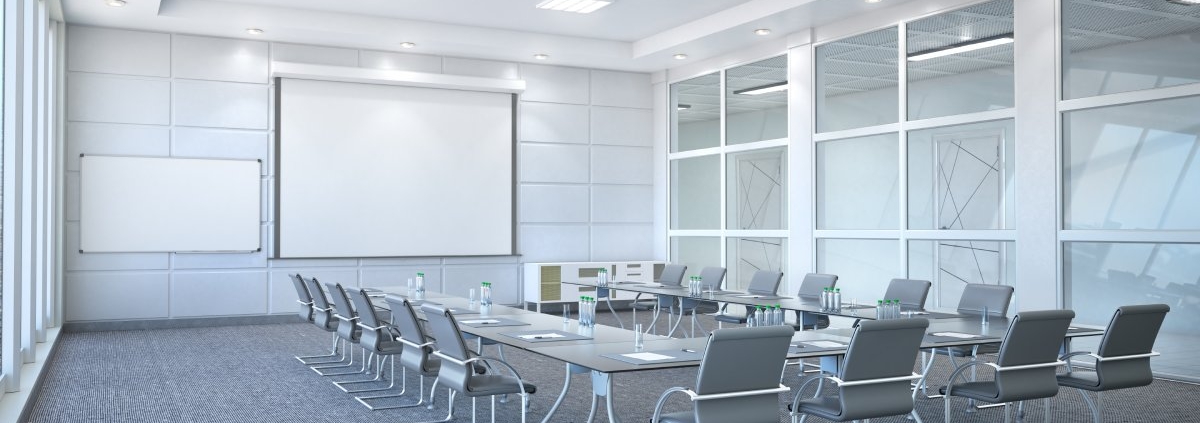How Conference Room Layouts Affect Efficiency
When you imagine conference rooms, you probably picture them all looking exactly the same. However, there are many ways to organize this space, and each option affects the efficiency of your meetings. One layout might work for training, while a different one might be better for brainstorming. Learn how conference room layouts affect efficiency so you can tailor your space to your needs and get the most out of your meetings.
Boardroom Style: Fostering Open Dialogue
The boardroom-style layout is a classic for a reason. With a long table at its center and chairs arranged around it, this setup encourages open dialogue and ensures everyone has a seat at the table—literally. This format works well for meetings that require equal participation and collaboration.
U-Shape Style: Balancing Presentation and Interaction
The U-shape layout offers the best of both worlds, perfectly balancing presentation needs with interactive discussion. With tables arranged in a “U” formation, this layout directs focus toward a presenter while allowing each participant to engage directly with the group. This setup can improve involvement and keep everyone engaged, making it ideal for workshops.
Classroom Style: Ideal for Learning and Training
When your aim is to educate or train, the classroom style is a go-to choice. Featuring rows of tables facing a single direction, this arrangement is perfect for slideshows and lectures. It optimizes attention toward the speaker but limits the potential for interaction. Save this layout for sessions where direct teaching is more important than open debate.
Theater Style: Maximizing Capacity and Focus
If you need to seat a large audience with minimal space, theater style is the winner. This layout arranges seating in rows without tables to maximize capacity. This setup excels in situations where visual media is a central focus, such as keynote speeches or product launches. However, be prepared; theater style can make note-taking tricky and doesn’t facilitate interaction or discussion well.
Choosing the Right Layout for Your Business
To choose the right conference room layout for your business, start by identifying the primary purpose of your meetings. Consider whether your team values open discussion, intensive learning, or a large-scale presentation. Then, select a layout that best fits those needs.
The layout you decide on for your conference room will affect the efficiency of your meetings. If you’re reorganizing your meeting room or building a new one, consider working with Rose City Office Furnishings for expert commercial office space planning. We can support your team’s best creative and collaborative efforts.



